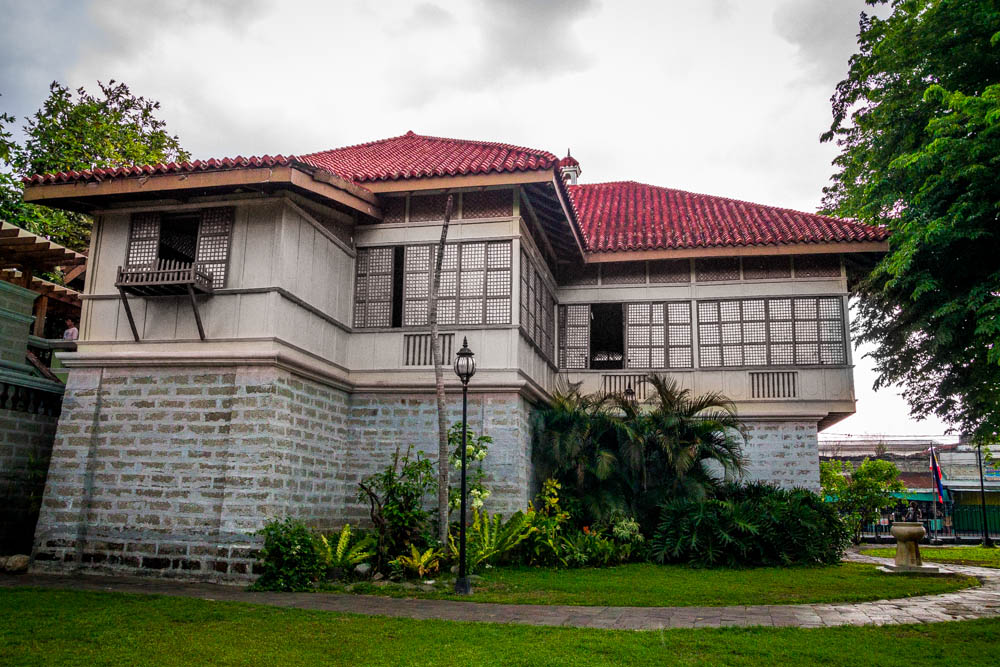
“Rizal’s house in Calamba is not just a tourist spot, it is a place that should inform, educate and inspire. It should open our eyes to new ways of seeing,” wrote Ambeth Ocampo, renowned historian and former chairman of the National Historical Commission of the Philippines or NHCP.
While the kids of today are busy exercising their fingers on the latest tablet or phone (or their hybrid called ‘phablet’), our national hero spent his childhood roaming around his home in Calamba.
Every corner was an exploration, every afternoon an adventure.
Here’s a look at Pepe as told by his childhood abode—the walls that shaped the man we came to know as José Protasio Rizal Mercado y Alonso Realonda, or simply José Rizal.
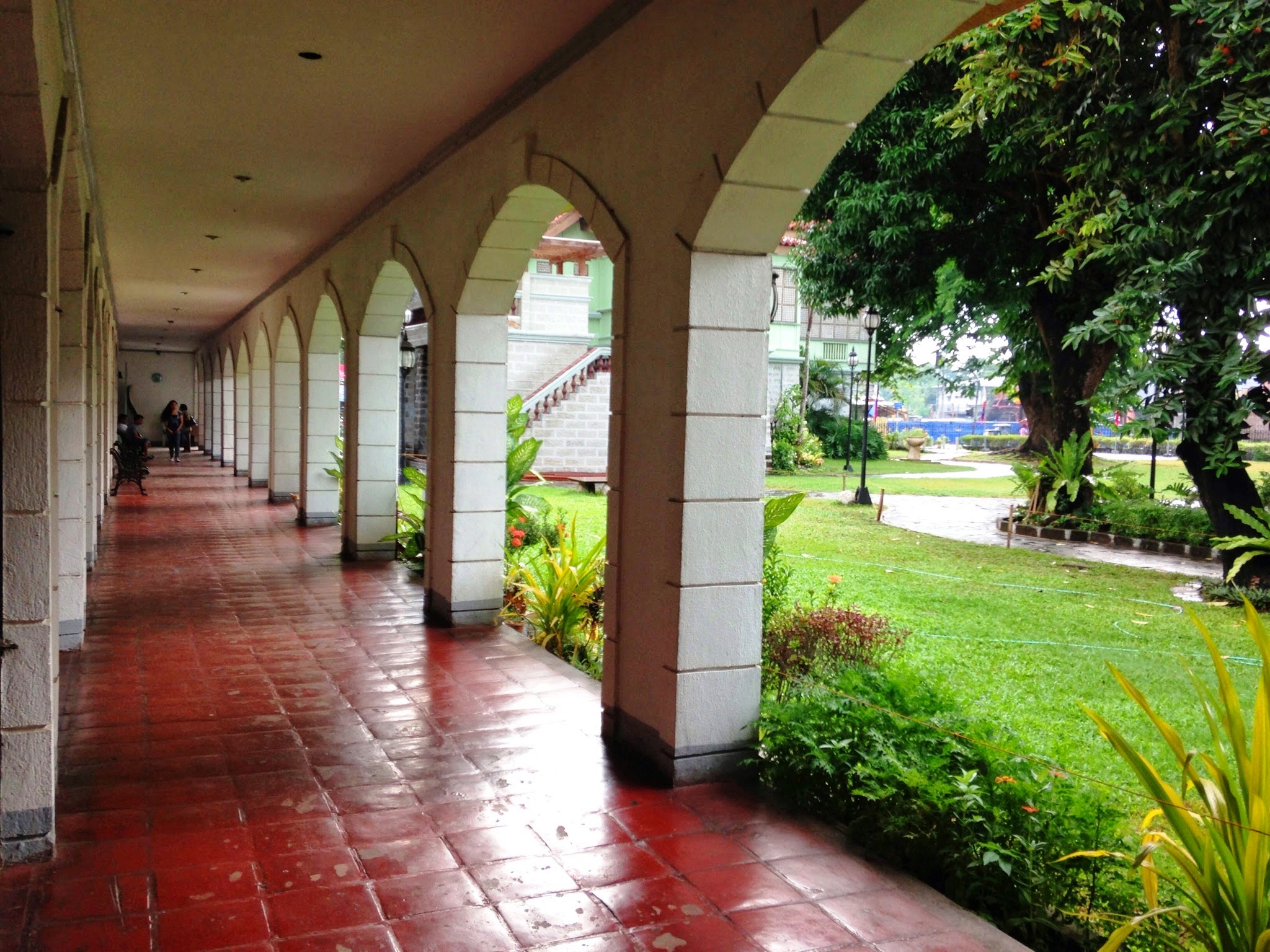
The shrine that was once a home
When Rizal was exiled in Dapitan, he longed for his childhood home “like a weary swallow.”
The Rizal Shrine—once the refuge of the Rizal family—is perhaps Calamba’s top tourist destination. While Pansol has hot springs and Paete has wood carvings, Calamba has always had Rizal’s house.
It may be a typical bahay na bato that was built during the Spanish regime, but it was the biggest residence in Calamba at the time.
According to the NHCP, the house we see today is a reproduction of the original house where Rizal grew up—with a few pieces of original furniture placed here and there (more original pieces are found at the Rizal Shrine in Fort Santiago, Manila). The original house was destroyed during World War II and the Philippine government decided to buy the ruins for PhP 24,000 (or CAD $600) through Executive Order No. 145 of President Elpidio Quirino. National Artist for Architecture Juan F. Nakpil supervised the reconstruction and the house was inaugurated on what would have been Pepe’s 54th birthday on June 19, 1950.
According to museum curator Olga Palacay, Juan Nakpil regularly consulted Pepe’s youngest sister Trinidad during the reconstruction to maintain the original look as much as possible.
Several modern additions were made on the house and entire property, including an audio-visual room and museum holding historical artifacts in 1997, CCTV cameras, an elevator for guests on wheelchairs, as well as a new azotea leading to the exit. On the centennial celebration of Jose Rizal’s death, artist Dudley Diaz created a sculpture of a young Pepe and his dog. It is now on display in the property grounds, near the replica of Pepe’s nipa hut.

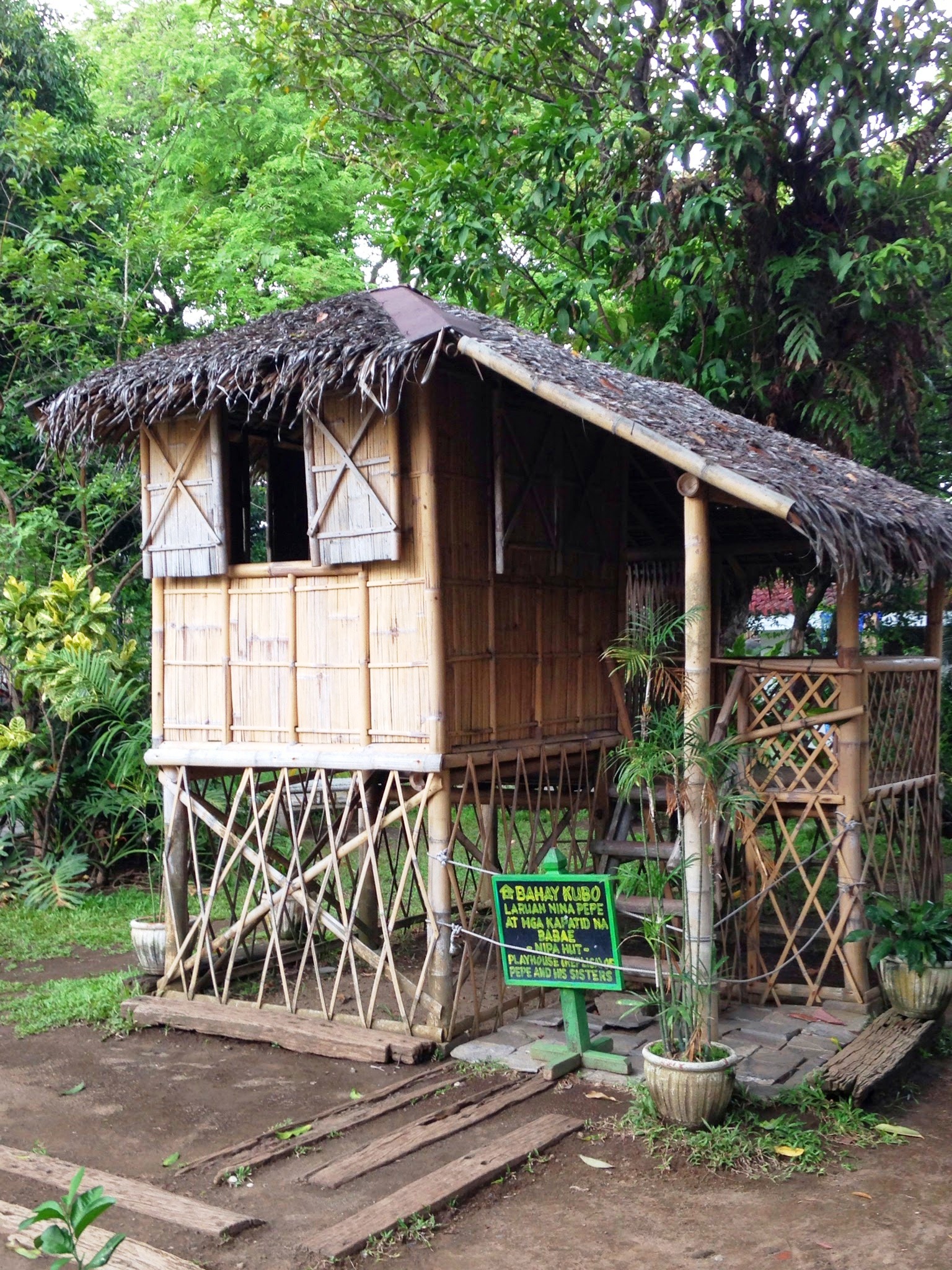
The Lawn
Even with today’s standards, the Rizal property—or rather, the Mercado property—in Calamba is massive.
When Pepe was about four years old, his uncle Manuel and uncle Gregorio—his mother’s cousins—taught him life lessons he cherished ‘til the very end.
Seeing the boy’s frail state, Uncle Manuel taught Pepe to appreciate nature in all its beauty and get as much fresh air as possible. Meanwhile, Uncle Gregorio said to young Pepe, “Work hard and perform every task very carefully; learn to be swift as well as thorough; be independent in thinking and make visual pictures of everything.”
Before heading off to Biñan to start his formal education, young Pepe spent many afternoons in his small nipa hut by the lawn. This is where he created sculptures and wrote poems—most of which we still know today.
In fact, Pepe wrote his first poem “Sa Aking Mga Kabata” at the tender age of eight.
Today, the lush lawn has a replica of Pepe’s nipa hut, a sculpture of a young Pepe with his dog, as well as several fruit bearing trees like santol and mabolo.
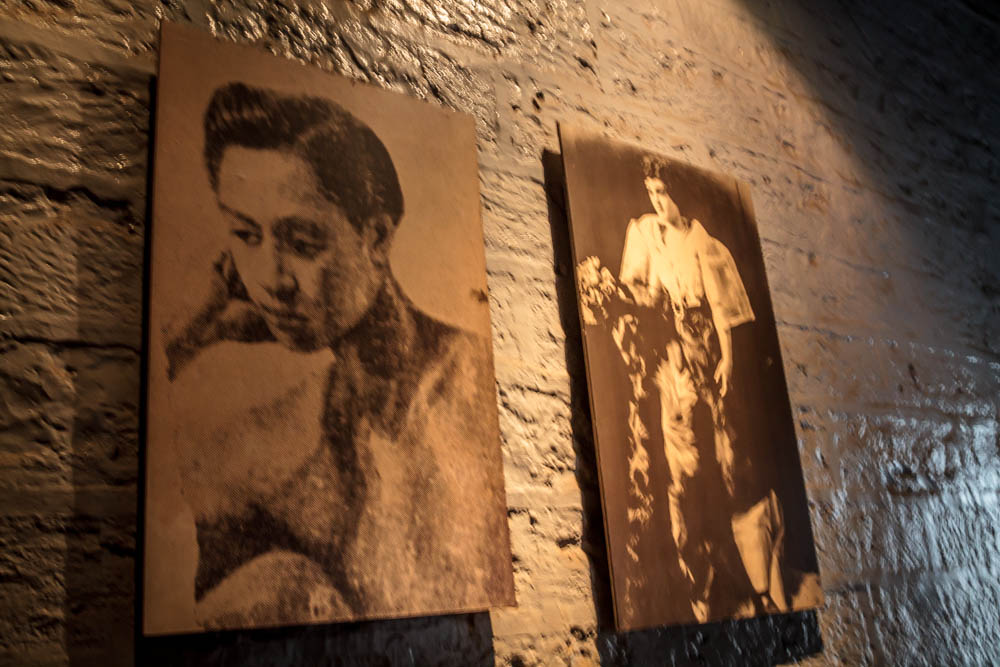
The Ground Floor
The ground floor is made of stone and bricks, which served as a garage for a carriage or two as well as a stable for their horses.
Today, the ground floor contains several facsimiles of Rizal’s birth certificate, notes, and even a doodle of himself.
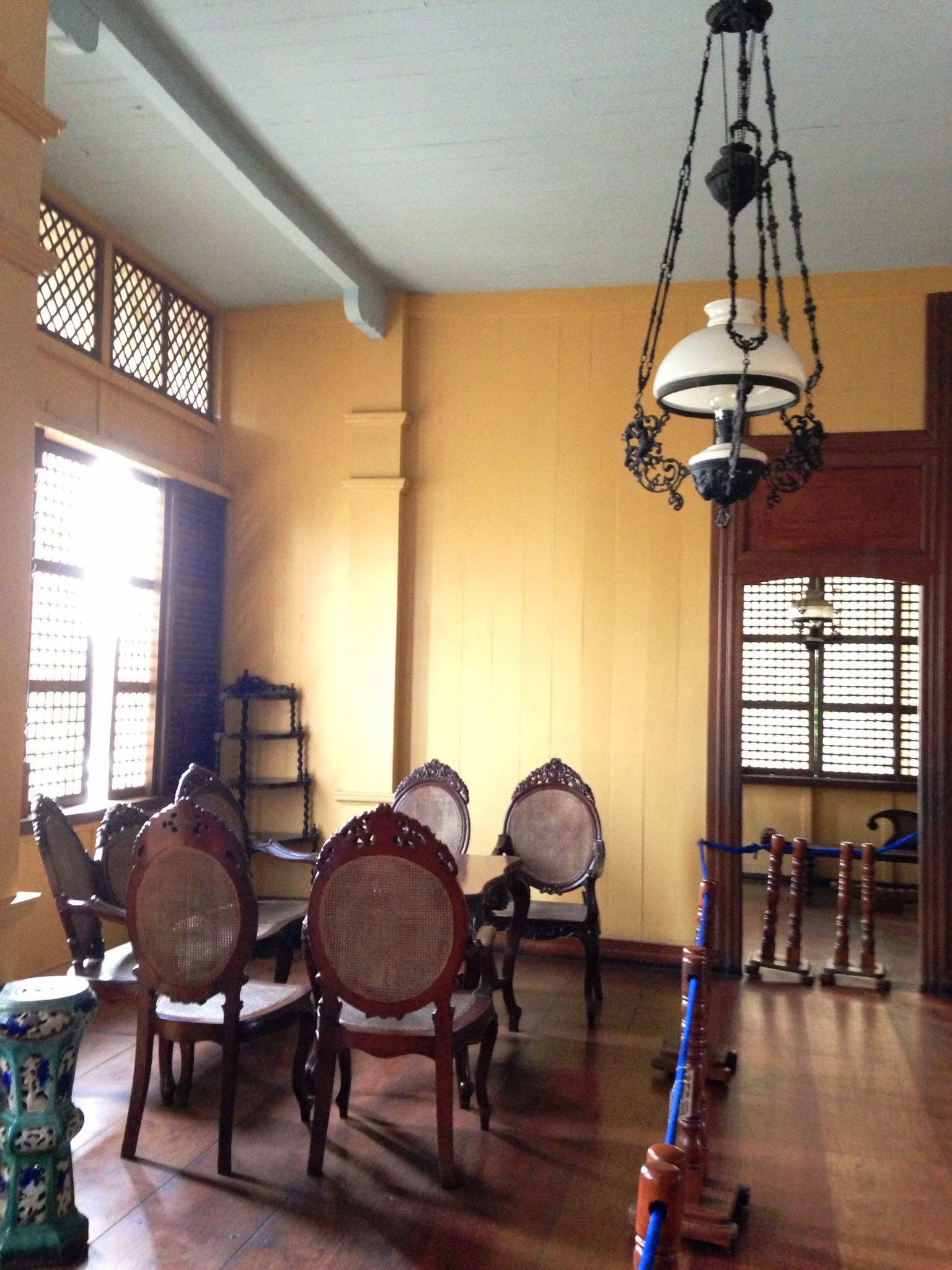
The Living Area
Ascending the grand wooden staircase to the second level, one will see Pepe’s father’s caida, which also serves as a library. The wooden floor and furniture—framed by the light filtering through the capiz windows—creates a nostalgic feeling.
Pepe himself discovered worlds through his father’s library by reading books. On a personal note, I believe this is the birthplace of Pepe’s consciousness—his thirst for education and wisdom that fueled him to be a poet, an artist, a doctor, a writer, and most of all—a hero.
The lack of electricity and modern methods of entertainment means more time with the family, and the Rizals were no exception. After having dinner, the family would often gather to the living area—a table with seats by the huge window—to listen to their parents’ stories.
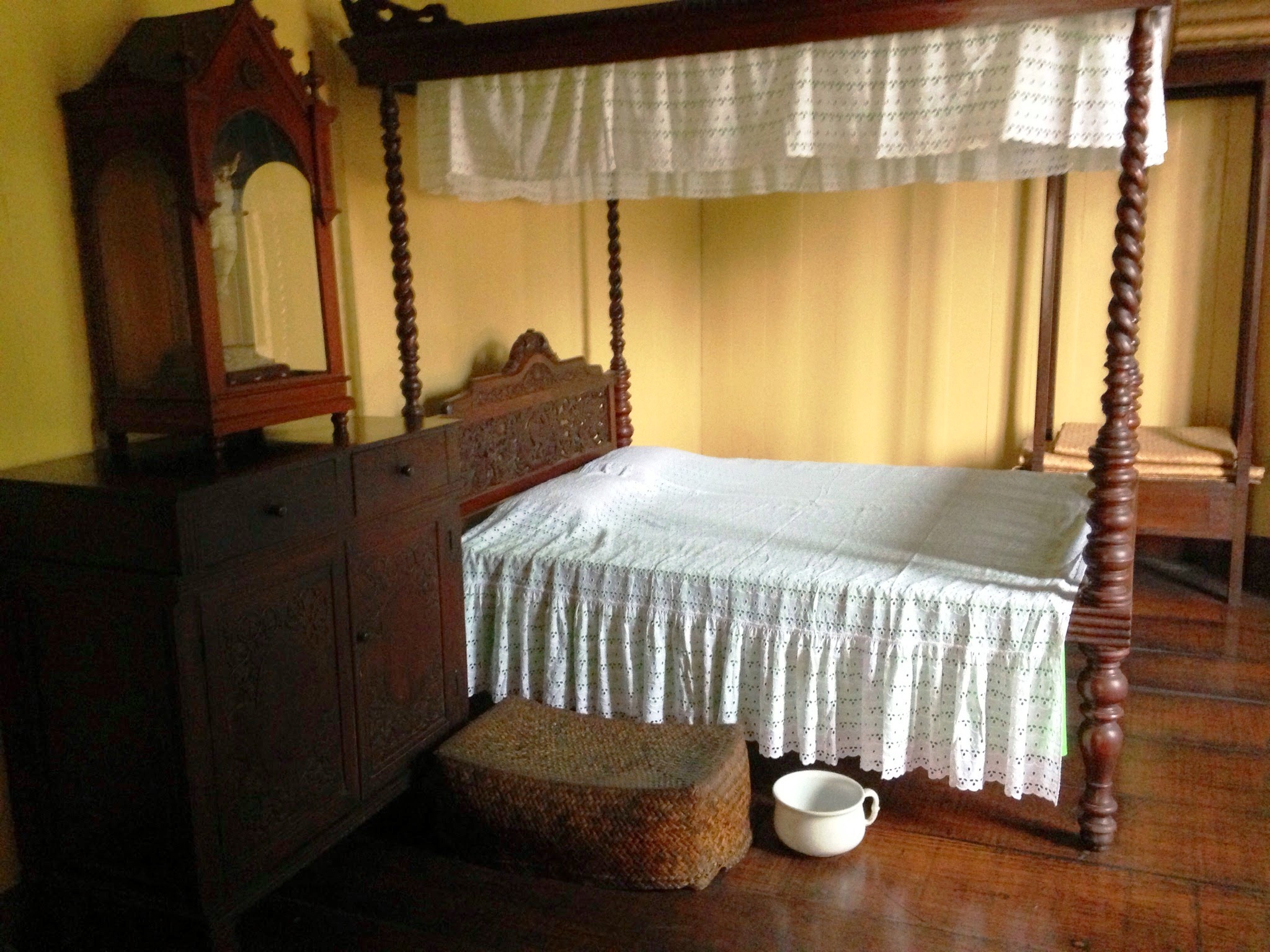
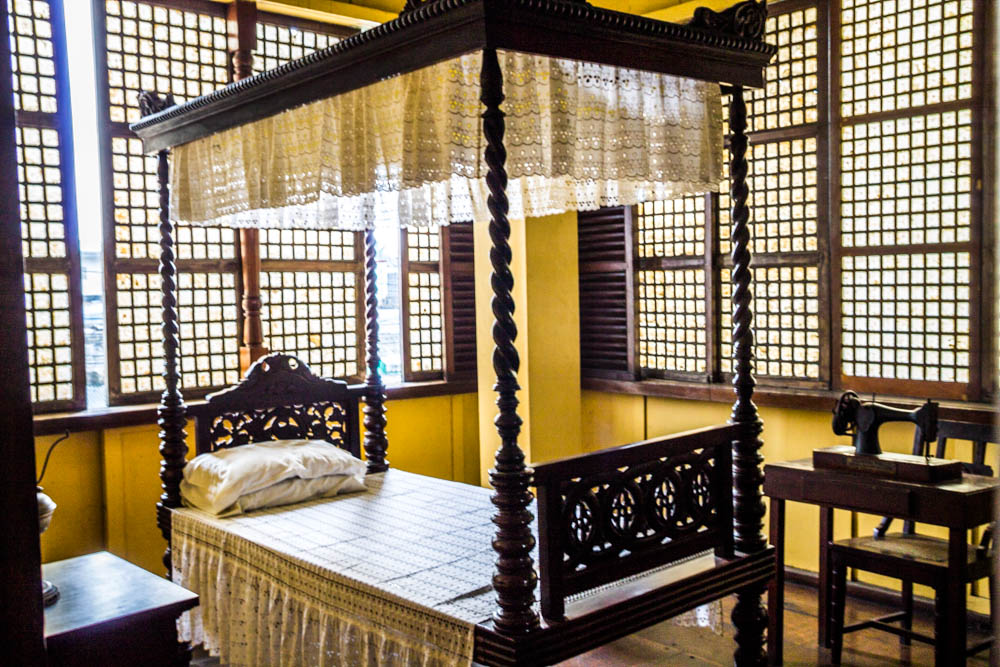
The Bedrooms
The upper level has three bedrooms—one for the girls, one for the boys, and the master’s bedroom for Pepe’s parents Francisco Mercado and Teodora Alonzo.
The girls’ bedroom has a four-poster bed, a vanity, a cabinet, and Trinidad’s original sewing machine.
The master’s bedroom was kept simple: just a four poster bed—where Pepe was born, a vanity, and a table with two chairs by the capiz window overlooking the street.
Pepe and his older brother Paciano—whom some consider as Pepe’s best friend and confidante—slept in the boys’ room, which still has the two-sink vanity for the boys. Palacay shared on a GMA News report last year that the sisters—all nine of them—would often drag their banig and sleep in the boys’ room to swap stories with them. It is said that it was in his room that Pepe learned his prayers.
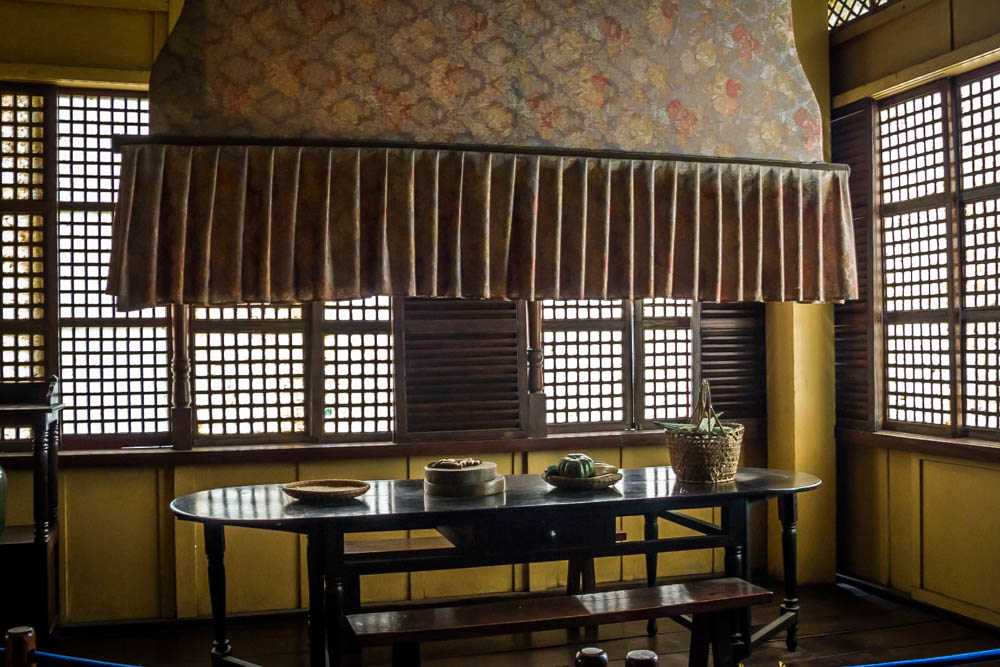

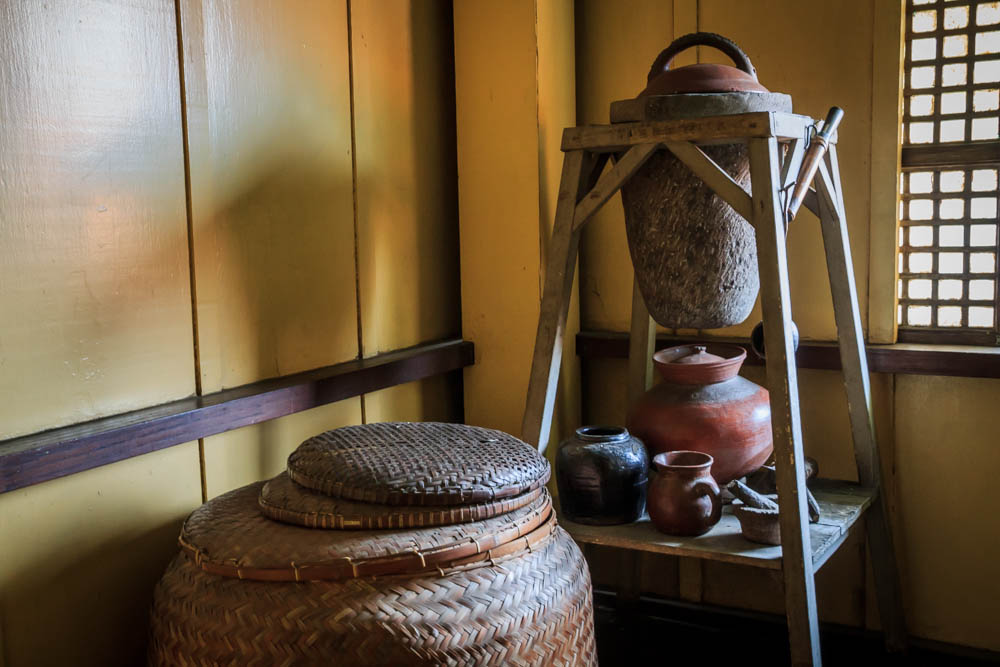
The Dining Hall and Kitchen
The second level also contains the formal dining hall where the Rizal couple welcomed guests for get-togethers.
Even today, the heavy wooden table and accompanying seats are well maintained.
Despite having a fancy dining table, the family often shared meals in their informal dining room near the kitchen. A punkah—a manually operated fan of Indian influence—hung over the table and kept the family cool during the meal.
According to historians, the kitchen was Pepe’s first classroom where he learned the alphabet with the help of his mother when he was only three years old. One year later, he started learning latin with his father’s former classmate Leon Monroy.
Just outside the kitchen door is the azotea, where Pepe often listened to his yaya’s “skeletons and [buried] treasures, and trees that bloomed with diamonds.”
More than edible nourishment, Pepe was surely filled with education and imagination in his home.
Rizal Shrine is located at F. Mercado Street, Calamba City, Laguna. It is open from Tuesday to Saturday at 8:00am to 4:00pm. It is easily accessible by jeep or by tricycle from the Calamba City Central Terminal.
One comment on “Pepe’s Home”
Comments are closed.